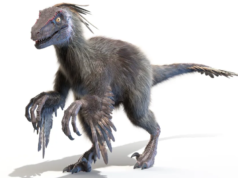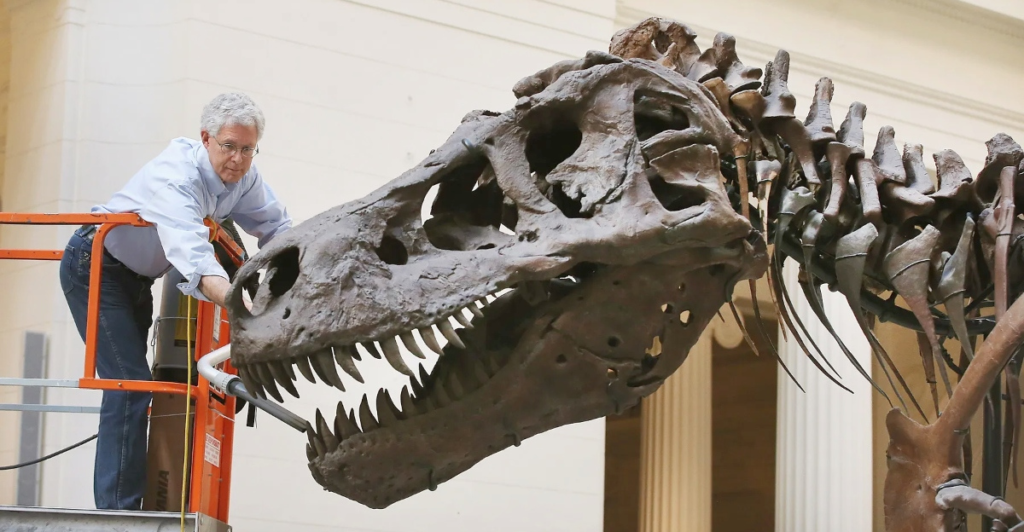
Amidst the breakthroughs of Colossal Biosciences – an organization with their sights set on bringing back extinct species – de-extinction is becoming an increasingly more realistic scientific process. The future could see animals brought back through advanced genetic technology including backbreeding, genetic engineering, and even cloning.
This fairly new scientific revelation challenges traditional notions of extinction and promises to bring back important species in the interest of ecosystem balance by restoring ecological functions and biodiversity that have been lost due to human activity.
De-extinction may seem like an incredible concept, but it does come with its fair share of skepticism, legal questions, and ethical concerns. The promised benefits may not be worth the potential risks, which brings about the question, is de-extinction worth it?
Historical Context
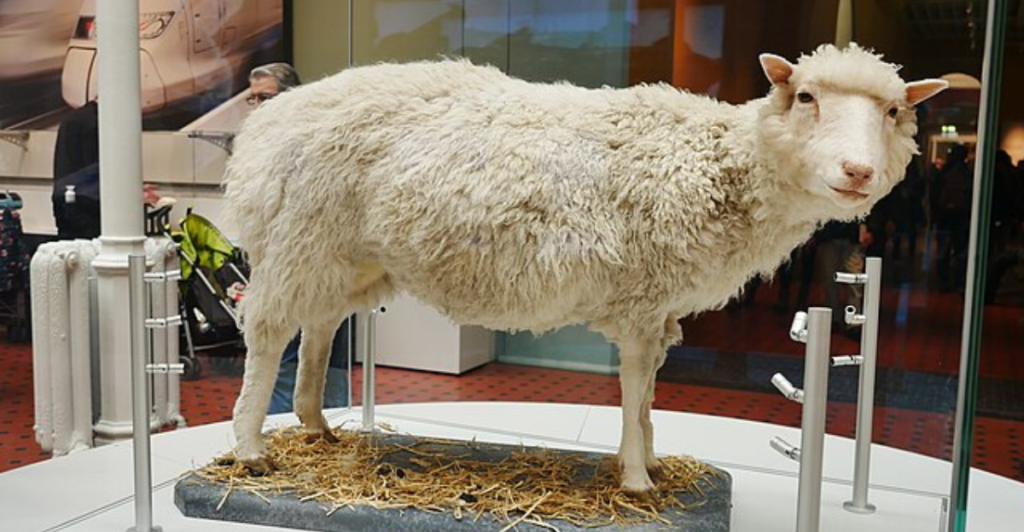
The notion of de-extinction became more popular in the 1990s with scientific breakthroughs in cloning, like Dolly the sheep. Scientists proved that somatic cell nuclear transfer (SCNT) was a viable cloning method. Another milestone came in 2009 with the near-successful cloning of the Pyrenean ibex.
These examples showcased the potential that cloning had but also marked the complex challenges that came from creating new life and reviving lost species. Genome editing has only advanced in the last fifteen years, which has enabled projects like the woolly mammoth revival by using its closest living relative – the asian elephant – as a model.
De-extinction may not be a work of science fiction anymore, with more breakthroughs looming on the horizon.
Benefits
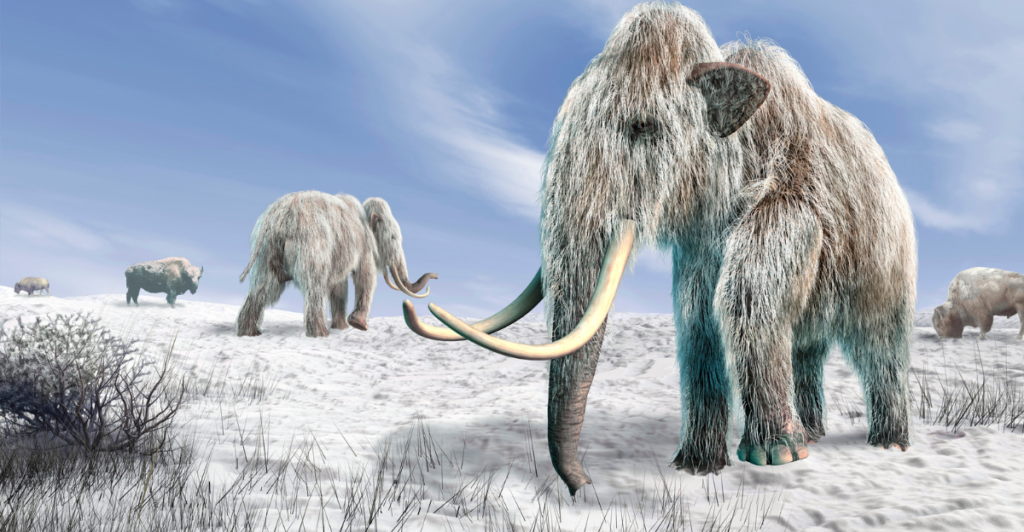
De-extinction provides an incredibly unique way of potentially restoring ecosystems that have lost keystone species that were vital for maintaining their balance. Extinct species that have left gaps in their habitats could be “revived” in a sense as a genetically similar animal could be engineered and introduced into the environment.
Woolly mammoth-like animals could be reintroduced into the Arctic tundra, which would, on paper, help grasslands that sequester carbon, helping to mitigate climate change.
The reintroduction of missing species could reverse some of the effects that extinction events have left in the past, potentially balancing environments that are disrupted today. These benefits are the main argument for supporters of de-extinction projects.
Innovation

The continuous scientific research and study that de-extinction projects demand drive innovation in genetic engineering, cloning, and synthetic biology. These innovations could have implications for other fields, such as medicine and conservation.
Technology and techniques that have been tested and improved through de-extinction projects could improve genetic cloning and the genetic rescue of Earth’s most critically endangered species. This technology could prevent other species from going extinct, but with how long it would take to develop, it may be too little too late.
These technologies could also lead to amazing breakthroughs in treating human illnesses and managing the health of wildlife across the planet. There are predictions that de-extinction efforts will act as a catalyst for more scientific progress across many different fields.
Ethical Concerns

The acceleration of extinction in many of Earth’s species is credited to human activity, including hunting, polluting, and destroying habitats. This had created some kind of moral responsibility to “right the wrongs of the past.” This stance sees de-extinction as a form of “ecological justice,” reversing extinction.
There are ethical concerns about de-extinction, including humans “playing god” and what kind of unforeseen consequences could result after bringing back a species and reintroducing it into a habitat that has evolved for thousands of years without them.
The immense power that de-extinction projects hold comes with a great deal of responsibility, as negligence could cause unprecedented damage to ecosystems around the world.
Economic And Cultural Aspects

While de-extinction projects assure that bringing back extinct species is in the best interest of conservation, there are many other benefits that could play a future role in efforts.
These include substantial economic and cultural benefits. Ecotourism could increase if previously extinct species are able to be seen again in wildlife conservations. This would generate significant revenue and economic gains.
Some have argued that this aspect should never be prioritized, as economic motivators will not always coincide with wildlife conservation. Communities could see animals that once had a lot of cultural heritage be brought back and foster a deeper connection with nature and conservation. This cultural aspect is often overlooked and could be a powerful tool for investing in de-extinction.
Challenges And Risks
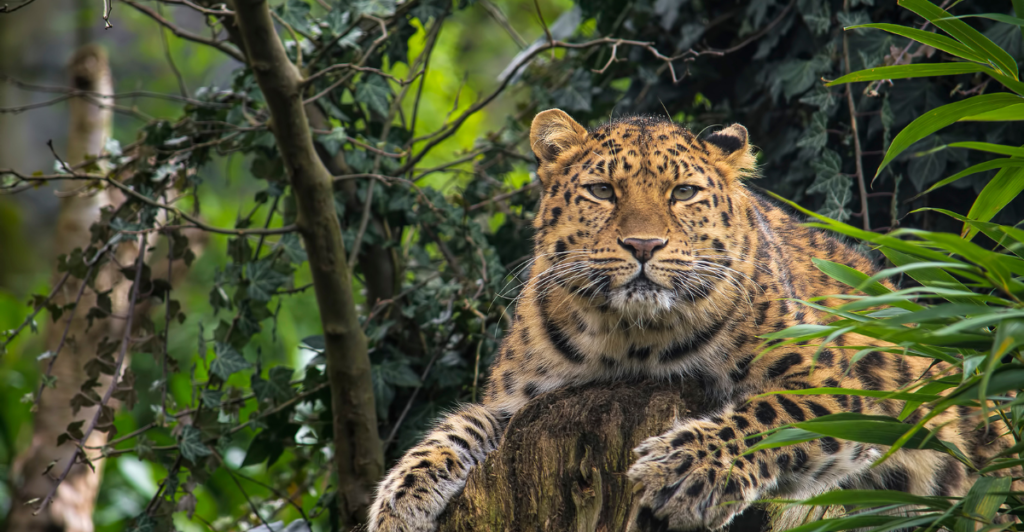
While de-extinction has many benefits, including conservation breakthroughs, implications for other applications such as medicine, and economic and cultural boons, the idea is not without its risks. Animal welfare is an important aspect that should be discussed.
Genetically engineered species could see a variety of complications that would affect their quality of life; for example, making an animal bigger puts it at a great risk of developing cancer. Additionally, putting resources into bringing back already extinct animals could overlook critically endangered animals that need immediate support.
A transparent approach to de-extinction and weighing all of its benefits and risks should be taken into consideration and be brought up to the public.
Future Directions
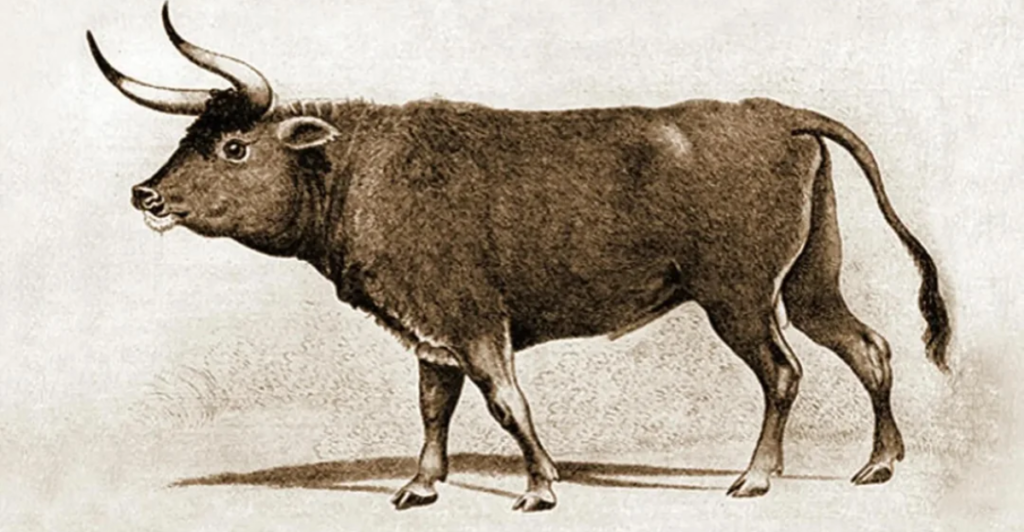
Frameworks are continuously changing, and recently, ecological restoration and conservation strategies have been emerging to minimize the aforementioned risks and maximize potential benefits. This included defining “proxy populations,” which could replace extinct species’ ecological niches, and finding a different way of balancing the ecosystem.
De-extinction could also be integrated with geoengineering and climate change mitigation projects. This approach could maintain a healthy balance between innovation, human curiosity, and ecological balance.
These frameworks could shift the narrative from pocketed scientific curiosity to strategic environmental efforts, using de-extinction as an important tool in ecosystem management. If conservation is the priority, then there are future implications for how ecological problems are approached and successful conservation projects are put into effect.
Other Perspectives

There is a healthy amount of skepticism to de-extinction, such as how media attention and public relations tend to sensationalize breakthroughs, with misinformation then circulating. Currently, bringing back an extinct species is still difficult to define, as successfully brought-back specimens still share most of their DNA with the closest living genetic relatives of the extinct species.
Meaning that they are more of a hybrid than the exact animal that went extinct. While this is a fair argument, these hybrids may not be true “revived” species, they could be close enough to fill the same ecological niches that the original extinct filled before them.
This would be beneficial in an environment that has recently lost a keystone species and will have foreseen consequences. Although this should be a last resort, the preservation of the original species should be the highest priority.
Is De-Extinction Worth It?
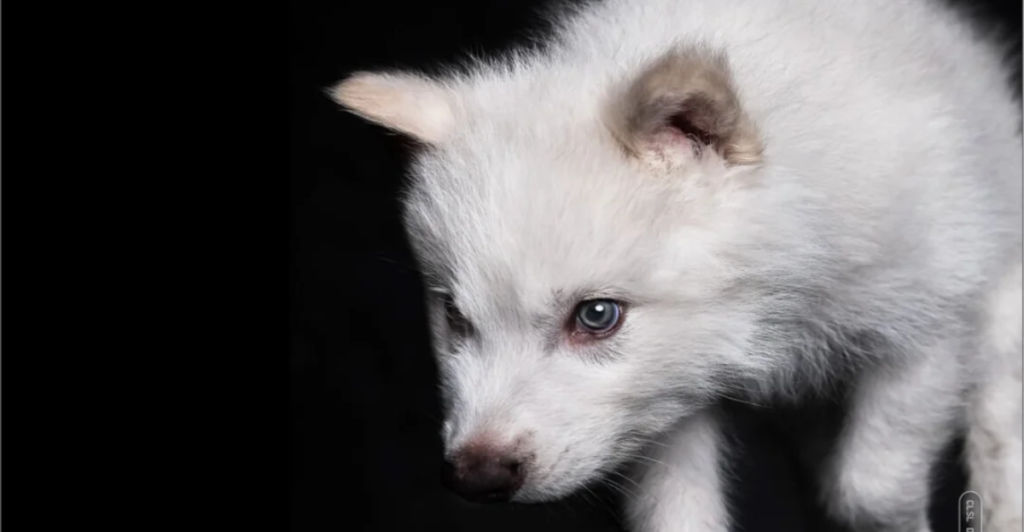
De-extinction is a fairly new concept, and it represents a bold and alternative way to approach conservation and will have profound implications for science, ethics, ecology, and culture in the years that come.
There are risks and uncertainties associated with these projects, but many other scientific developments in the past came with the same complexities.
Whether or not de-extinction is worth it is a billion-dollar question that is about more than just money but ecological implications and risk factors. With care and responsibility, de-extinction could transcend novelty and become an important way forward for 21st-century conservation.
Explore more of our trending stories and hit Follow to keep them coming to your feed!

Don’t miss out on more stories like this! Hit the Follow button at the top of this article to stay updated with the latest news. Share your thoughts in the comments—we’d love to hear from you!



